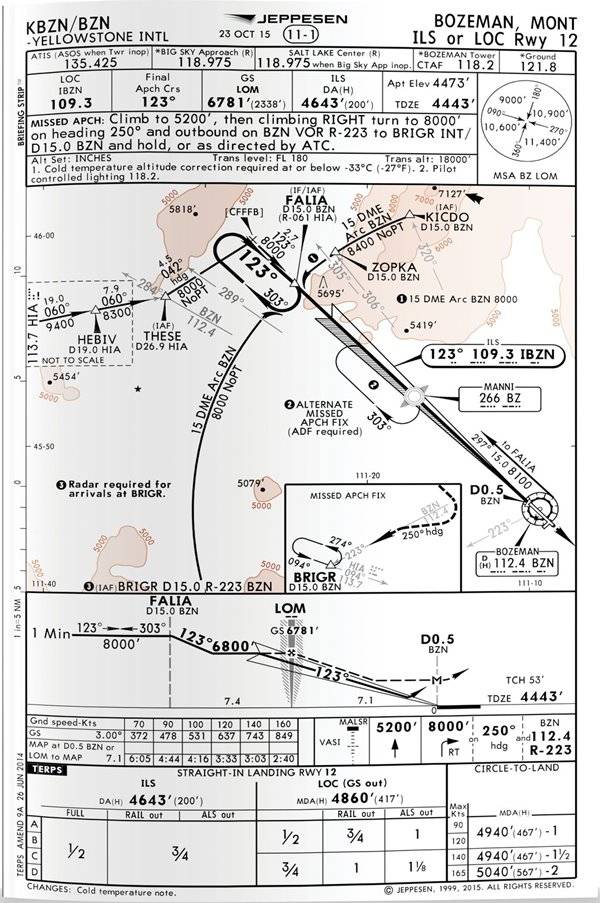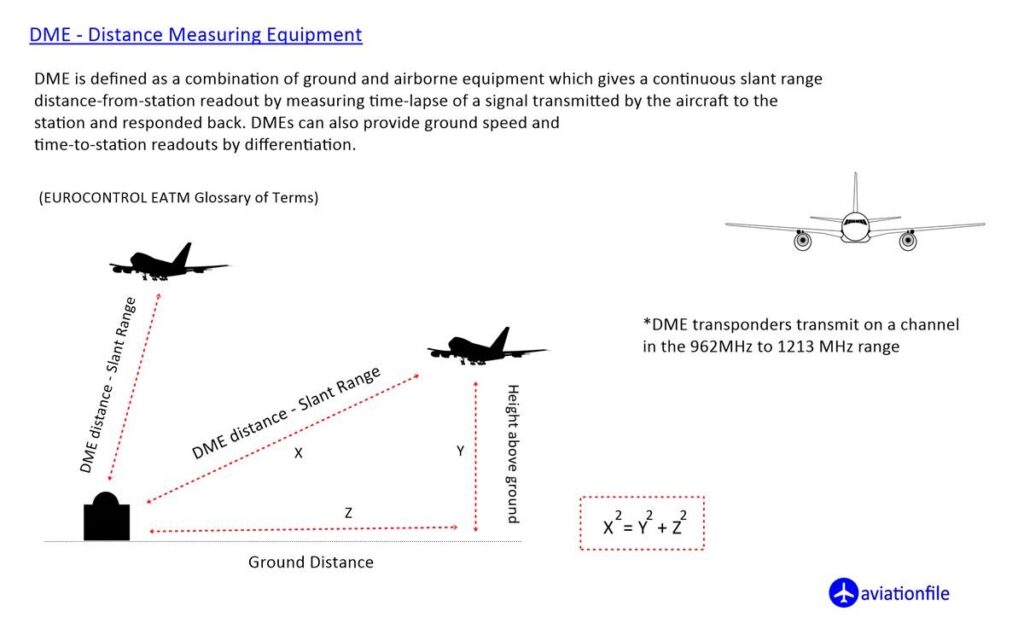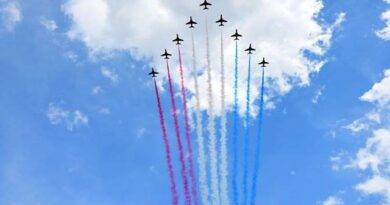What is DME ARC in aviation?
DME ARC in aviation stands for Distance Measuring Equipment Arc. It is a curved flight path that is flown at a constant distance from a navigation aid (NAVAID), such as a VOR, VOR/DME, or NDB/DME. DME arcs are used for a variety of purposes, including:
- To enter or exit an approach pattern
- To fly a holding pattern
- To intercept a course
- To join a route
To fly a DME arc, the pilot sets the desired distance on the DME receiver and then turns the aircraft to intercept the arc. The pilot then maintains the desired distance from the NAVAID by making small adjustments to the aircraft’s heading.
DME arcs can be flown using either visual or instrument flight rules (VFR or IFR). For VFR flights, the pilot uses visual references to maintain the desired distance from the NAVAID. For IFR flights, the pilot uses the DME receiver to maintain the desired distance from the NAVAID.

How to Fly a DME Arc: “Turn 10, Twist 10” Technique
A widely used manual method for flying a DME arc is the “Turn 10, Twist 10” technique. As the aircraft approaches each 10° radial boundary from the navigation aid, the pilot turns the heading 10° to follow the arc and simultaneously twists the OBS knob 10° to update the desired radial. This keeps the aircraft aligned with the arc at a constant distance (e.g., 10 NM) from the station. The technique is especially useful in traditional cockpits without moving maps or GPS overlays. It allows precise arc tracking and is a fundamental skill in IFR training. In advanced glass cockpits, GPS and FMS can automate this process, but understanding the manual method is essential for foundational navigation.
Here are some tips for flying DME arcs:
- Use a flight computer or GPS unit to calculate the desired heading and rate of turn.
- Anticipate the turn and start turning early enough to intercept the arc smoothly.
- Make small adjustments to the aircraft’s heading to maintain the desired distance from the NAVAID.
- Be aware of wind conditions and make adjustments to the aircraft’s heading as needed.
- Use visual references or the DME receiver to verify that you are on the arc.
DME arcs are a versatile tool that can be used for a variety of purposes in aviation. By understanding how to fly DME arcs, pilots can improve their safety and efficiency.

References:
https://infiniteflight.com/guide/flying-guide/descent-to-landing/dme-arc
https://aerocorner.com/blog/distance-measuring-equipment/
https://skybrary.aero/articles/distance-measuring-equipment-dme
Chart with DME ARC source: https://www.flyingmag.com/chartwise-january-2017/


